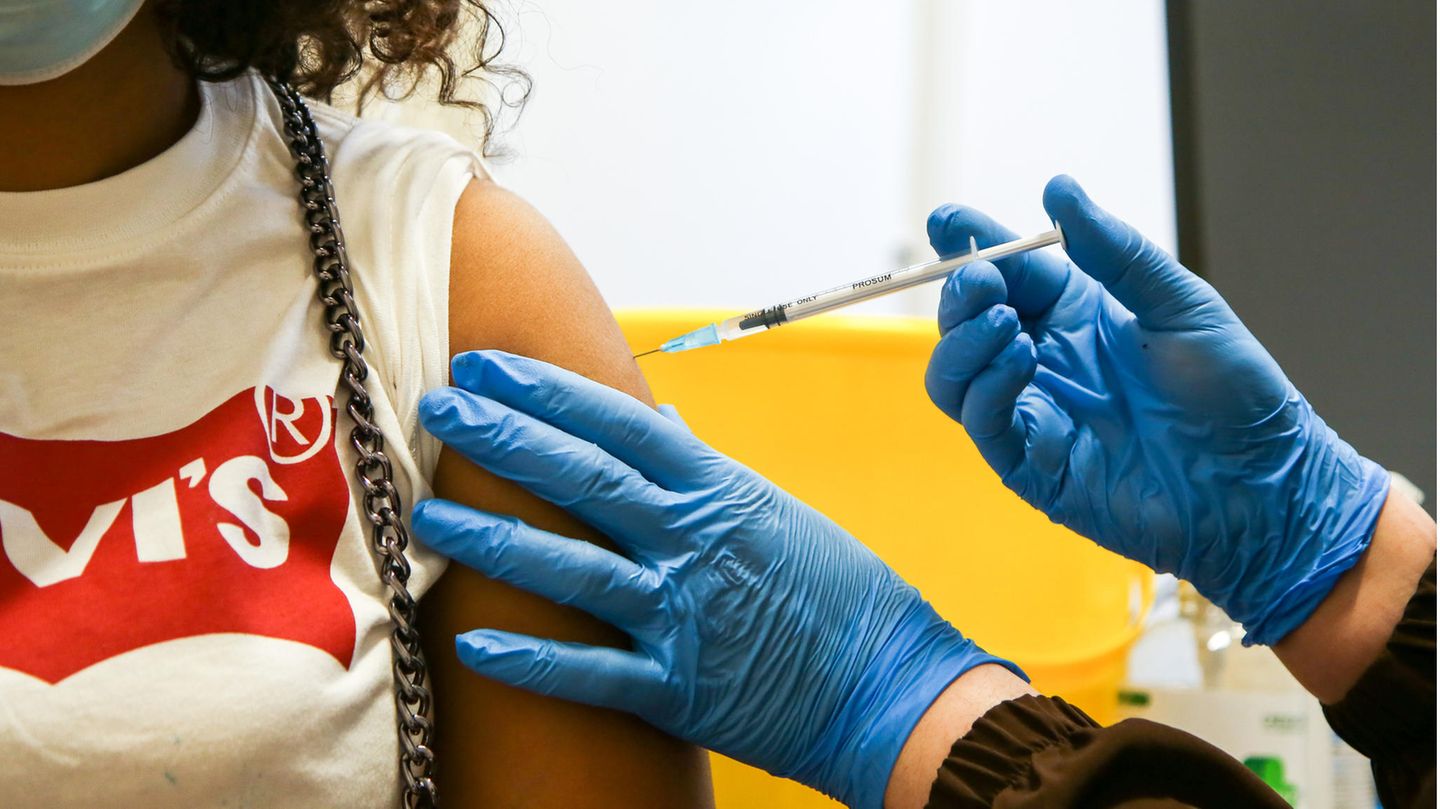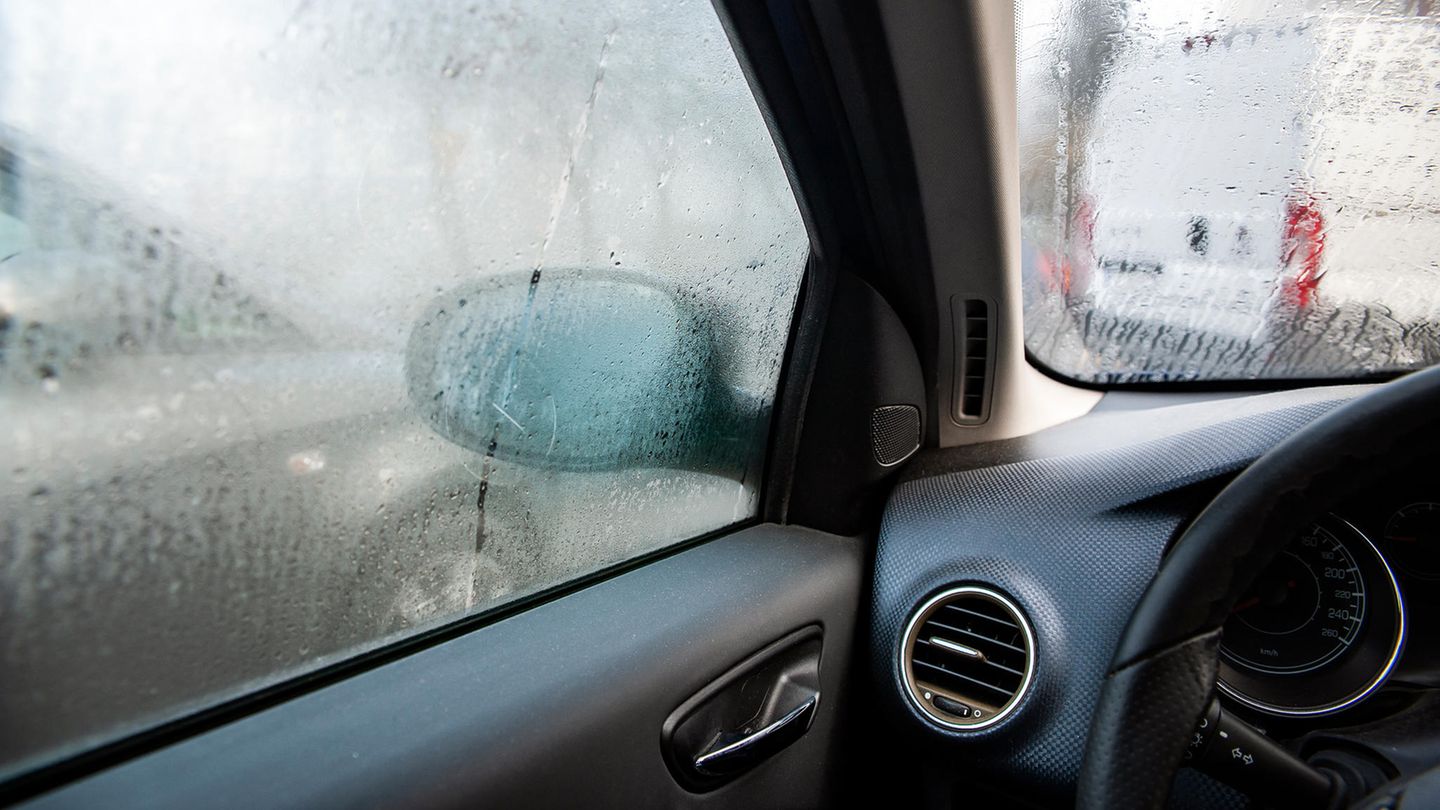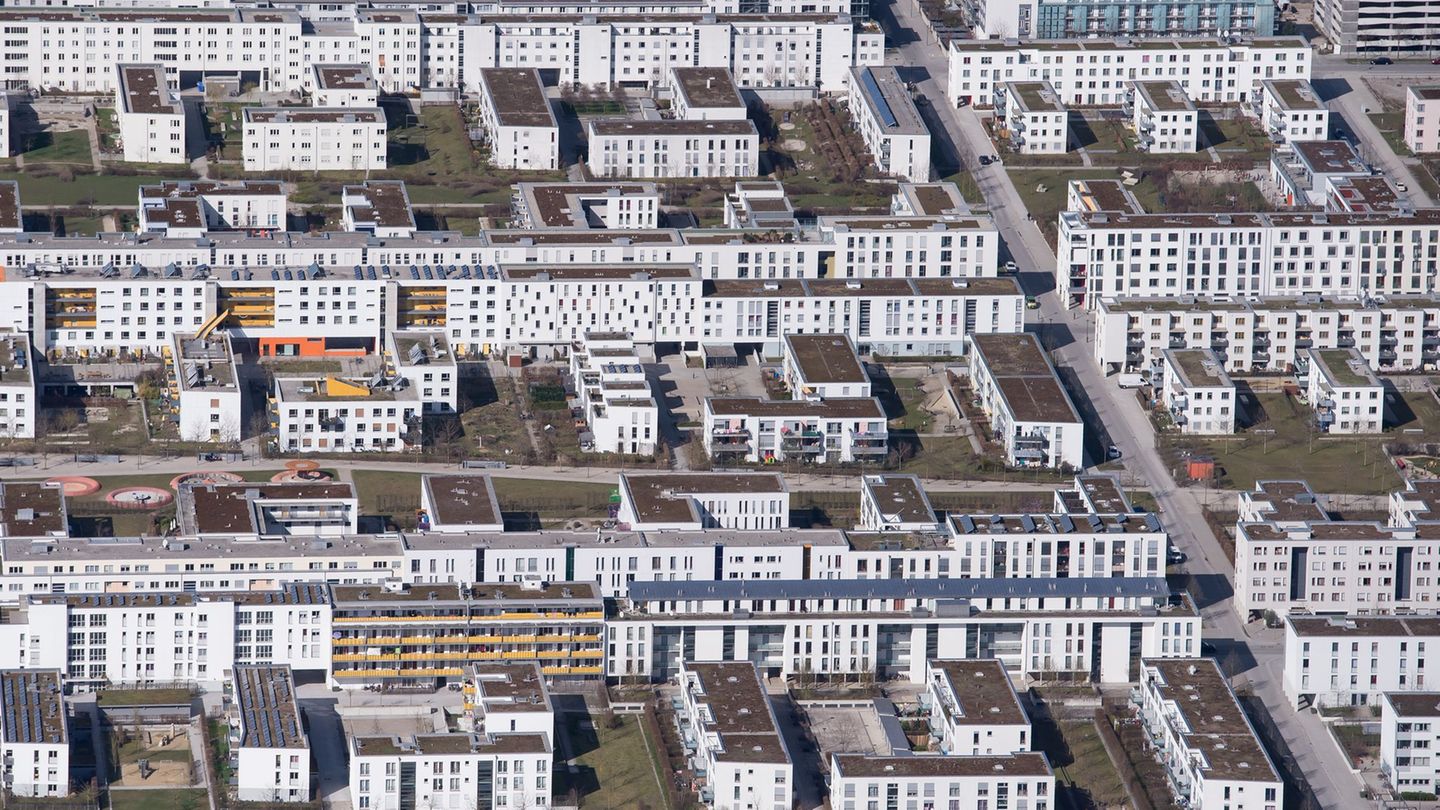Germany’s official vaccination quota drops compared to other EU countries, including Italy, France and Spain. However, this may also be due to vaccinations that were not recorded correctly. One thing is clear: a high vaccination rate is more important than ever with a view to autumn and winter.
Sufficient vaccine, but fewer people willing to vaccinate: The times of “vaccine jealousy” or “vaccine frustration” are long gone in Germany. Even the last undecided should be reached with spontaneous actions or small gifts. The Berlin S-Bahn is creative: it quickly turns into a vaccination engine. And in Hamburg too, going to the syringe should be as convenient as possible – or even omitted entirely: parishes or the Millerntor Stadium.
But despite nationwide campaigns, the vaccination rate in Germany has recently increased only slowly: According to the Robert Koch Institute (RKI), 65 percent have been vaccinated at least once; around 60 percent have complete vaccination protection. That sounds like a lot at first, but it also means that, according to official data, 40 out of 100 people have no or no complete vaccination protection.
High vaccination rate in Spain
Some EU countries are further, as can be seen from figures from the statistics portal “Our World in Data”, which is fed from the official data of the individual countries. In Spain around 78 percent of the population have been vaccinated at least once (complete: 69 percent). France also has a higher number of at least first vaccines. It is 71 percent (complete: 58 percent). In Italy, 70 percent of the population received at least the first dose, of which 60 percent received the second. (Numbers as of August 30th)
Germany is currently in tenth place in the statistics, the USA in twelfth place.
Underreporting likely
However, there are also doubts about the German vaccination numbers: Recently, greater differences were revealed, especially in the age group of 18 to 59 year olds. Significantly more people stated that they were vaccinated than would have been expected based on the official figures.
Vaccinations with the vaccine from Johnson & Johnson could play a role. Only a single dose of the vaccine is required. Contract doctors reported these immunizations only as second vaccination doses. In addition, no allocation of vaccine and age group is possible, explains the RKI. The vaccination rates for those who had been vaccinated at least once by age group would therefore be “systematically reported too low”.
The RKI also points out that so far only half of the registered company doctors have reported vaccinations. This could also be an indication of under-reporting of vaccination rates.
Are the vaccination numbers in Germany higher than the official figures suggest? At least with a view to the coming autumn and winter, that would not be bad news: Vaccinations are very reliable protection against severe courses caused by Covid-19. A high vaccination rate is essential in order to prevent the health system from being overloaded when the number of cases increases and to slow down the overall infection rate.
Immunologist warns: “We have to act”
However, it is questionable whether the vaccination quota, even when taking into account vaccinations that may not have been correctly recorded, is in the range that is required according to the RKI to contain the infection rate with Delta. The RKI has calculated: In order to bring the highly contagious variant under control, an estimated 85 percent of 12 to 59 year olds and 90 percent of seniors aged 60 and over would have to be vaccinated. These values have not yet been achieved, especially among younger people, and the number of cases
“If we want to avoid a foreseeable overload of the health system, we have to act”, writes the immunologist Carsten Watzl and refers, among other things, to increasing incidences among unvaccinated people. From his point of view, two measures are particularly important: a higher vaccination rate and 2G – i.e. access to major events and indoor events only for those who have been vaccinated and those who have recovered. In return, many corona restrictions are no longer applicable under 2G.
It is true that nobody can and should not be forced to vaccinate and everyone has the right to choose to be infected. However, in order to prevent infected unvaccinated people from overloading the health system, the risk of infection for this group must be reduced, said Watzl. At the same time he emphasized: “The vaccination is much safer than the infection.”
With the 2G rule, which is already considered an option in Hamburg, “pressure will be built to make it more attractive to protect yourself and others,” said Alena Buyx, chairwoman of the German Ethics Council, recently in an interview with criticism that 2G is a compulsory vaccination through the back door, Buyx refused. “A duty is something that cannot be avoided.”
Nationwide 3G is still valid in Germany: Vaccinated, convalescent and tested persons have access to certain public indoor spaces. Individual federal states, but also cities, have already announced that they will at least examine a 2G rule if the number of cases increases.




